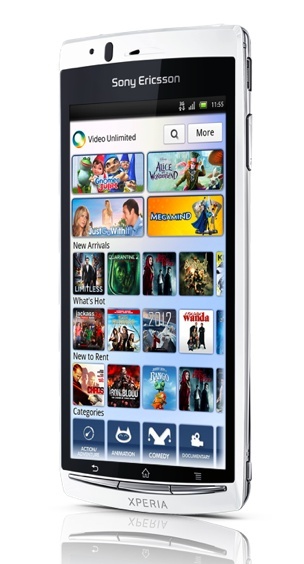Sony controls its smartphone fate, but will still fail

Sony bought out its joint venture partner Ericsson in a move that effectively ends the Sony Ericsson effort. There are positives to the deal such as Sony will control its smartphone destiny, can integrate phones with its consumer devices and use a broad patent portfolio. However, it's still hard to see how Sony can win in smartphones.

According to Sony's announcement about the Ericsson transaction:
The transaction gives Sony an opportunity to rapidly integrate smartphones into its broad array of network-connected consumer electronics devices – including tablets, televisions and personal computers - for the benefit of consumers and the growth of its business. The transaction also provides Sony with a broad intellectual property (IP) cross-licensing agreement covering all products and services of Sony as well as ownership of five essential patent families relating to wireless handset technology
Sony CEO Howard Stringer noted that the company can now seamlessly connect devices and "open up new worlds of entertainment." "Our four-screen strategy is in place," said Stringer.
Sounds great right? Color me highly skeptical. Here's why I doubt that Sony can do much of anything in the smartphone market. It's hard to stand out in the Android army. Sony said that Sony Ericsson had 11 percent of the Android phone market. The catch is that Android accounts for 43 percent of the total mobile device market. On the global mobile device stage, Sony Ericsson had 1.7 percent of the market in the second quarter, according to Gartner. In the same period a year ago, Sony Ericsson had 3 percent. Sony will need flawless execution and a lot of luck to take share from Samsung, Motorola, LG and HTC. The Android party is crowded. Very crowded.
Sony has a four screen strategy but doesn't the consumer buy them all. Sony was talking about how the Ericsson buyout means better integration with its devices. That's fine, but very few if any consumers have Sony TVs, Sony laptops, Sony tablets, Sony phones and live on the company's network services such as the PlayStation Network. I doubt Stringer has that many Sony screens in his living room.
Where's the platform? Sony can have the connections and even a multi-screen interface, but it better come up with something huge to be a platform. Apple, Microsoft and Google have more of a platform strategy when it comes to the living room. Macquarie analyst Jeff Loff sums it up in a research note:
Sony’s idea of four screens (phone, tablet, PC, TV) and a common user experience (“UX”) is the closest it has to a sensible strategy, in our view. As it relates to the user experience, though, we think Sony is failing: it has too many disparate stores and too different an experience across devices and operating systems. To be serious, we think Sony must drop some legacy stores and integrate along a common brand.
Sony's best brand is probably the PlayStation, but that's not going to unify four screens.
Execution matters. Sony has improved its operations greatly, but still remains a company of silos. Are the engineers from Sony Ericsson going to blend seamlessly with the PlayStation managers. What happens when they have to talk to the movie and music types? It's telling that Apple can take Samsung parts and integrate them better than Samsung can on many occasions. Is it realistic to think Sony can play the hardware-software integration game flawlessly? Sony has to clean up Sony Ericsson. Sony Ericsson has a whopping 60 handset models. It probably needs three, maybe four at the max. The unified user experience, connections to devices and a straightforward branding strategy are at best a year away. Sony may take years to sort this four-screen strategy out. By then everything will have changed.